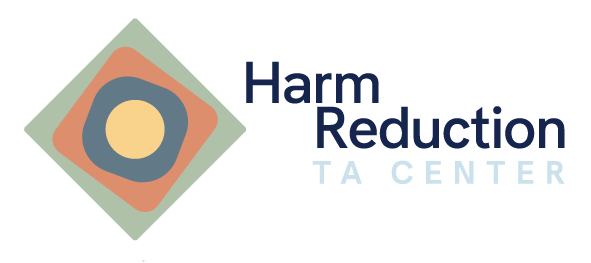Funding:
Foundation Grants
Foundations are private funds established by either community groups or, more commonly, private individuals, families, corporations and/or community groups. Foundations often start with a large sum of money called an “endowment”. The endowment acts as the seed capital for investments and grants mostly come from the interest on those investments.
Because of their controversial nature, harm reduction programs have historically had a hard time receiving foundation funds. Only a small number of foundations, most notably the Comer Family Foundation and Open Society Foundation, were initially interested in funding syringe access and harm reduction. In the beginning of the HIV epidemic, it was even difficult to get funding for any HIV related services. To join the fight against HIV by providing funding, several celebrities or groups formed their own foundations. Those that also provided funds for harm reduction included Broadway Cares, the Elton John AIDS Foundation, and the Liz Taylor fund. In the mid-2000s these foundations came together under the umbrella of AIDS United to form the Syringe Access Fund, which has been a major national supporter of SSPs.
Community, regional, and population-specific foundations have been an additional source of funding for harm reduction organizations.


